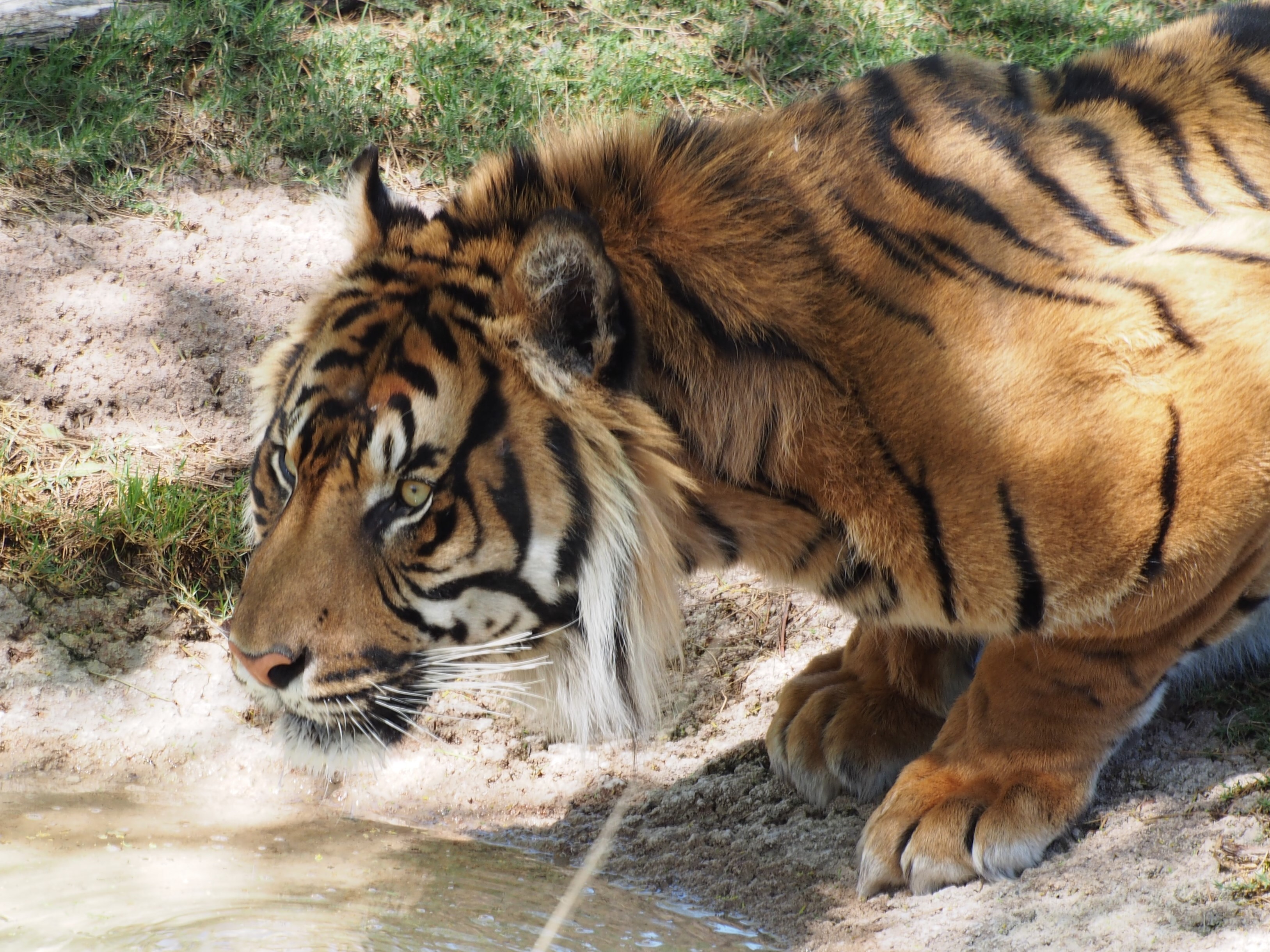Cornell Researchers Confirm Exposure of Wild Sumatran Tiger to Canine Distemper Virus
Canine distemper virus (CDV) causes serious and often fatal disease in domestic dogs but is also commonly found in many wild carnivore species. For some endangered populations such as black-footed ferrets or Ethiopian wolves, CDV represents a serious threat to their survival. Yet our understanding of this threat is often hampered by a lack of laboratory facilities capable of testing endangered species samples in the countries where they live.
Dr. Martin Gilbert, Wild Carnivore Specialist at the Cornell Wildlife Health Center, has worked extensively documenting the threat of CDV to endangered Amur tigers (P. tigris altaica) in the Russian Far East. The risk of CDV to other tiger subspecies has not been well-established.
With the goal of determining whether Sumatran tigers had been exposed to CDV in the wild, Gilbert collaborated with a group of researchers from Indonesia and Thailand to survey serum samples of wild Sumatran tigers for evidence of antibodies against CDV – indicating that the animal has been previously exposed to the virus. The Sumatran tiger, native to the island of Sumatra in Indonesia, is critically endangered, with less than 700 individuals left. The results were recently published in the Journal of Wildlife Diseases.
Positive antibody titers against CDV were detected in 42.9% (9/21) of Sumatran tigers sampled in the study. Of these, eight of the positive tigers had been in captivity for 6 months or longer, therefore it was not possible to distinguish whether CDV exposure had occurred in the wild or while in captivity. However, in one Sumatran tiger, very high CDV antibody titers were recorded from a sample taken on the day of capture, demonstrating that this animal had been exposed to the virus in the wild.
These findings highlight that wild Sumatran tigers are exposed to CDV, but further analyses will be needed to determine whether the pathogen poses a threat to wild populations. Results emphasize the importance of collecting diagnostic samples whenever wild tigers are handled for routine management or research purposes. Analysis of serum samples taken at the time of capture should be prioritized and would aid in determining how often the wild Sumatran tiger population is being exposed to CDV— a critical step towards assessing the threat that the virus may pose.
This study is part of a project funded by the Cornell Feline Health Center to assess the threat of CDV to tiger conservation in India, Nepal, Thailand, and Indonesia.
Written by Isabel Jimenez, DVM ‘19

